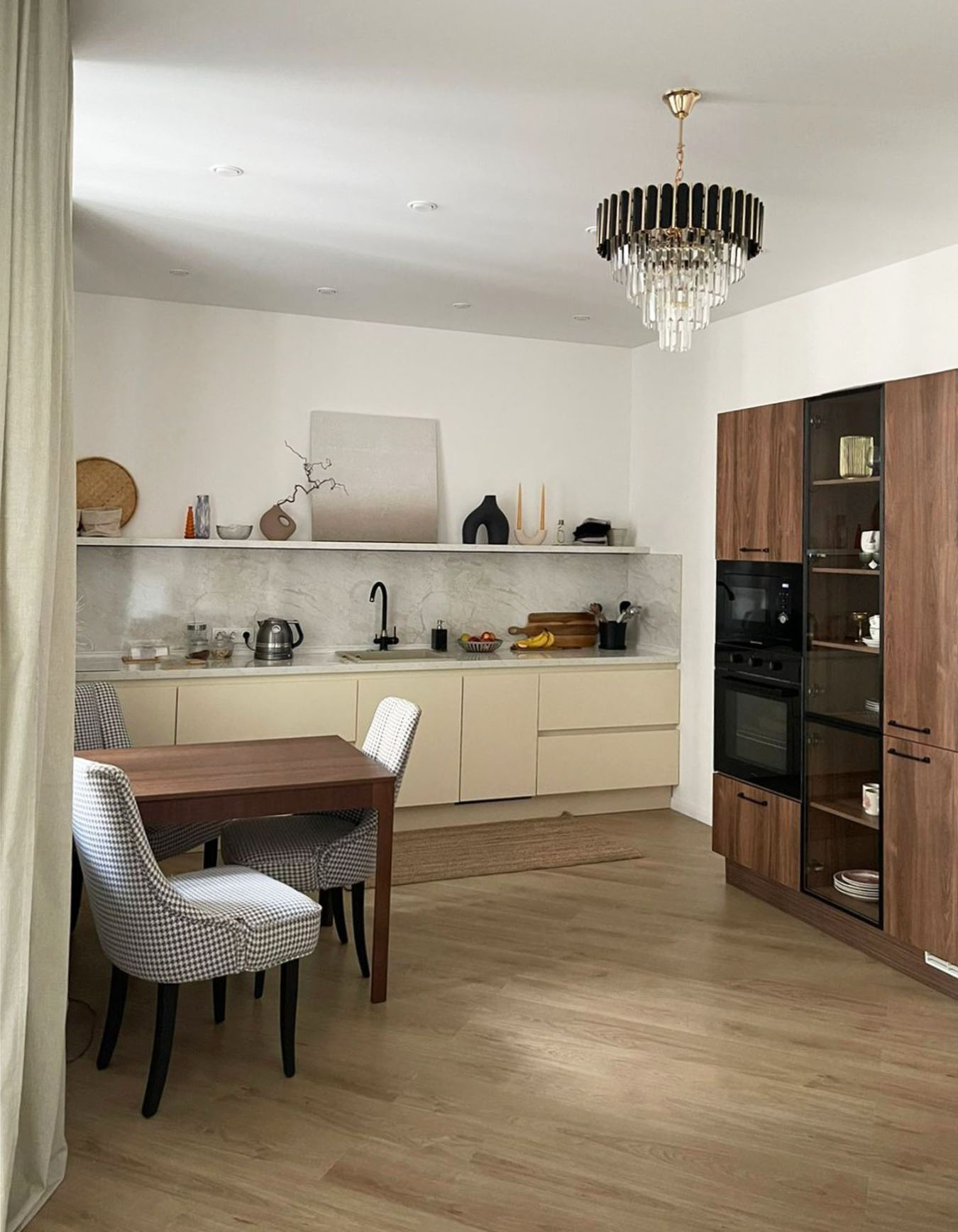
Culinary Spaces Elevated: Revolutionizing the Modern Cooking Environment
In the realm of modern cooking, the evolution of culinary spaces has become an integral part of the dining experience. The traditional kitchen, once a utilitarian space designed solely for the purpose of food preparation, is now a vibrant center of home life and entertainment. This article explores the innovative ways in which culinary spaces are being elevated, transforming the act of cooking into an artful and social endeavor.
The Rise of the Designer Kitchen
As we embrace open-plan living, the kitchen has become a focal point for design. Architects and interior designers are pushing the boundaries to create kitchens that are not only aesthetically pleasing but are also functional and tech-savvy. Custom cabinetry, luxurious countertops, and state-of-the-art appliances are weaving together to form kitchens that are as beautiful as they are practical, blurring the lines between form and function.
Integrating Technology into Culinary Spaces
The infusion of technology into culinary spaces is a game-changer for the modern cook. Smart kitchens equipped with IoT devices can streamline the cooking process, making it more efficient and enjoyable. From refrigerators that monitor food freshness to ovens that can be controlled remotely, technology is simplifying kitchen tasks, allowing the chef to focus on creativity and taste.
Embracing the Social Kitchen
Kitchens are increasingly designed with socializing in mind, accommodating large gatherings and facilitating interaction. Open layouts, spacious islands, and comfortable seating areas encourage guests to mingle and partake in the cooking experience. The social kitchen has become a hub for entertainment, fostering a communal atmosphere where memories are made and shared over great food.
Sustainability and the Eco-Friendly Kitchen
Environmental consciousness is reshaping the way we think about our culinary spaces. Sustainable practices are instrumental in the modern kitchen, with an emphasis on eco-friendly materials, energy-efficient appliances, and waste-reducing solutions. Through composting, recycling, and mindful sourcing, the eco-friendly kitchen supports a healthier planet and sustainable gastronomy.
Multisensory Culinary Environments
The elevation of culinary spaces is not only visual but also tactile and interactive. High-quality materials and textures are chosen for their ability to stimulate the senses, while lighting is crafted to set moods and accentuate the food. Even the acoustics of the space are considered to enrich communication and enhance the auditory experience. The multisensory culinary environment invites engagement on all levels, creating a complete and immersive cooking and dining experience.
The Future of Culinary Spaces
As we look ahead, the future of culinary spaces appears limitless with innovation. Concepts such as vertical gardens, automated meal prep, and integrated dining technology suggest that the kitchen will continue to evolve in exciting new directions. The enduring appeal of a well-crafted culinary space lies in its capacity to adapt and inspire, ensuring that it remains the heart of the home for generations to come.
Conclusion
The elevated culinary space is more than just a place to cook; it is a celebration of aesthetics, functionality, social connection, sustainability, and sensory experience. By embracing advancements in design, technology, and eco-friendliness, these spaces are revolutionizing the way we think about and interact with our food. In redefining the cooking environment, we are creating a canvas for culinary expression and a gathering place for those we cherish.